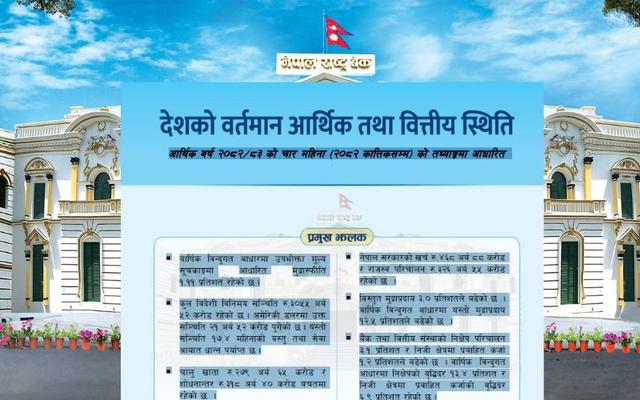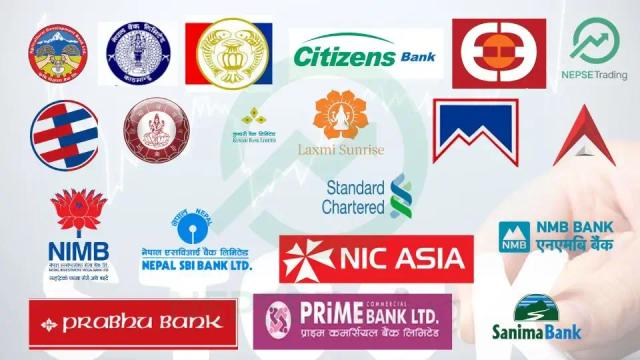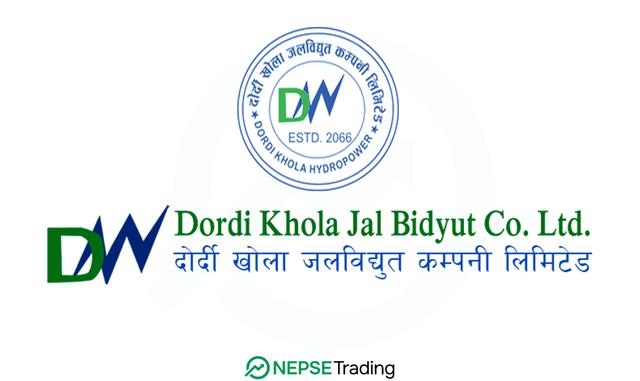Over NPR 85 Billion Invested in Subsidized Agriculture Loans by Baisakh 2082; More Than NPR 62 Billion Still Outstanding
Author
NEPSE TRADING

According to the latest data published by the Nepal Rastra Bank, as of the end of Baisakh 2082, banks and financial institutions across the country have approved a total of 37,768 subsidized loans under the “Commercial Agriculture and Livestock Loan” category. The cumulative loan amount has exceeded NPR 85.71 billion, making it one of the largest disbursements under the government's priority sector lending program.

Out of the total approved loans, more than NPR 62.75 billion remains outstanding, which is approximately 73% of the total approved amount. This suggests that a significant portion of the loans has either not yet reached repayment maturity or is being repaid at a slower pace. The nature of agriculture-related investments—which typically have longer return cycles—also contributes to this delay.
The primary goal of subsidized lending is to provide affordable credit to farmers and small entrepreneurs in rural areas to promote productivity, employment generation, and economic self-reliance. The fact that over 38,000 individuals have accessed such loans is a major milestone in enhancing financial inclusion in Nepal.
However, the high ratio of outstanding loans raises concerns about credit risk management. In agriculture and livestock sectors, repayment challenges may arise due to natural disasters, market volatility, or lack of technical know-how. This necessitates stronger monitoring systems, agricultural insurance schemes, borrower education, and possibly loan restructuring mechanisms to support vulnerable borrowers.
This program has clearly contributed to strengthening the productive sectors of the economy. But to ensure long-term success, future efforts must focus on the sustainability of these loans and timely recovery. Robust policy frameworks will be essential to maximize impact while minimizing financial risk to lenders.



